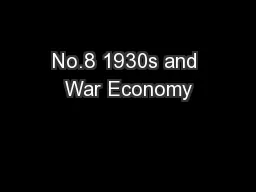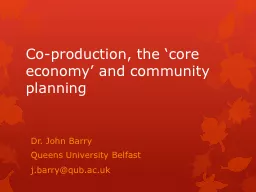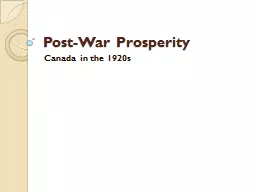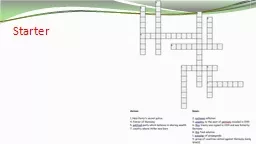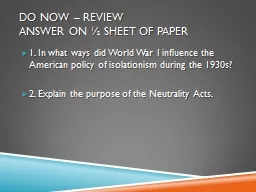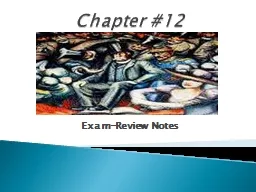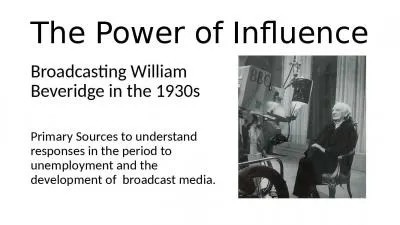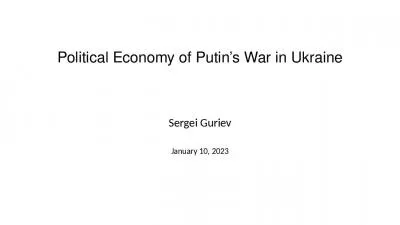PPT-No.8 1930s and War Economy
Author : liane-varnes | Published Date : 2017-05-18
Economic Development of Japan Pure dictatorship Full democracy Democratic institution Form Political competition Constitution Laws Parliament Election Court Reform
Presentation Embed Code
Download Presentation
Download Presentation The PPT/PDF document "No.8 1930s and War Economy" is the property of its rightful owner. Permission is granted to download and print the materials on this website for personal, non-commercial use only, and to display it on your personal computer provided you do not modify the materials and that you retain all copyright notices contained in the materials. By downloading content from our website, you accept the terms of this agreement.
No.8 1930s and War Economy: Transcript
Download Rules Of Document
"No.8 1930s and War Economy"The content belongs to its owner. You may download and print it for personal use, without modification, and keep all copyright notices. By downloading, you agree to these terms.
Related Documents

